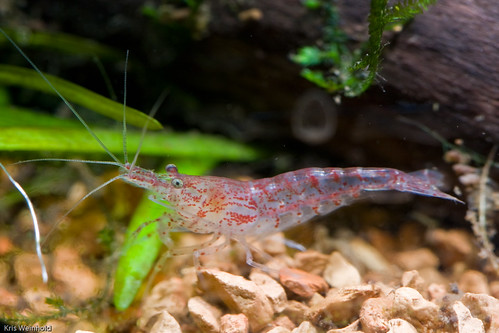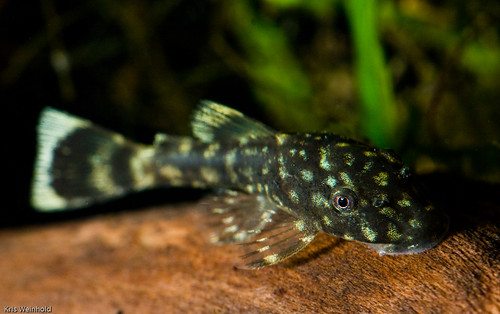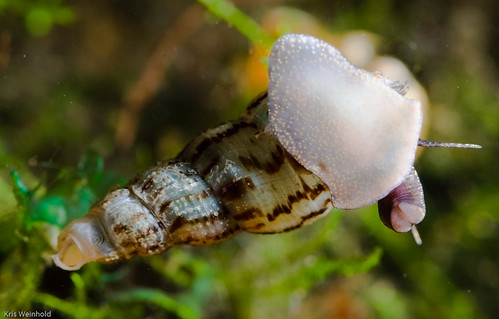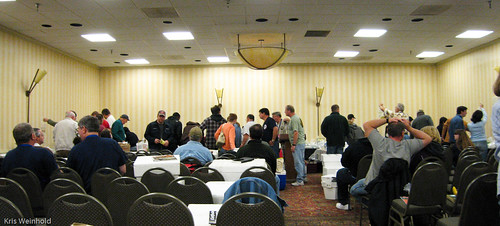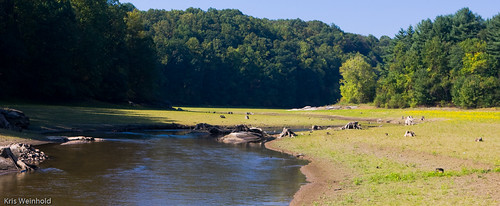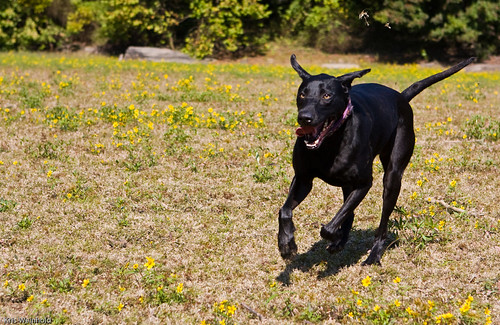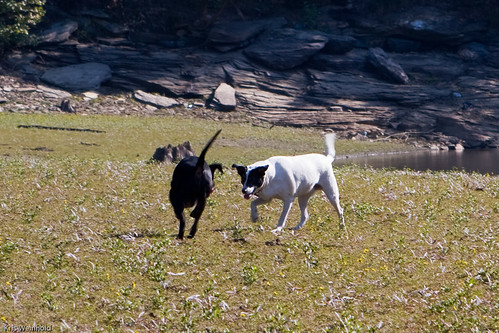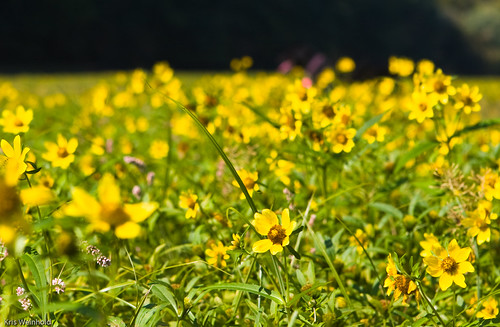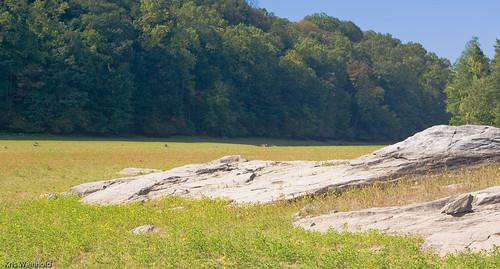Odd n Ends
October 29th, 2008The GWAPA meeting that I hosted has come and gone, and the weather outside has turned downright chilly, so it was time for me to tear down the pond for the year. I brought the Crinum americana indoors, as well, as a number of the other plants that had spent the last few months basking in the open sun. I also managed to net out about 4 dozen cherry shrimp from the bottom of the pond.
In addition to some outside maintenance, I’ve also been working to break down a few of my smaller tanks in hope that I can replace them with a larger “farm tank” to grow out a number of exotic plants that I’ve been acquiring recently. To that end, with the Jewel cichlids off to a new home, my 20H is completely empty. I piled all of the wood/rocks from that tank into my 20L quarantine tank.
This suits me just fine because I had recently put 20 juevenille bristlenosed plecos from the Catfish Convention Auction into this tank. These plecos are adoring the algae-ridden wood that was in the 20H.
In addition to the plecos, that 20L now contains 3 I. werneri that I’ve been unable to fish out to move to my 75G, and a large number of trumpet snails that retreat to the substrate during the day, and emerge each evening.
I’ve also torn down both of my 2.5G tanks that I had used for my first wormstrate/soil experiment. All that’s left is the 20L and two 10Gs, which I’ll need to consolidate at some point. I’m thinking of getting a 50 breeder, or similarly sized tank for my farm tank. Of course, we’ll see what deal comes along.
